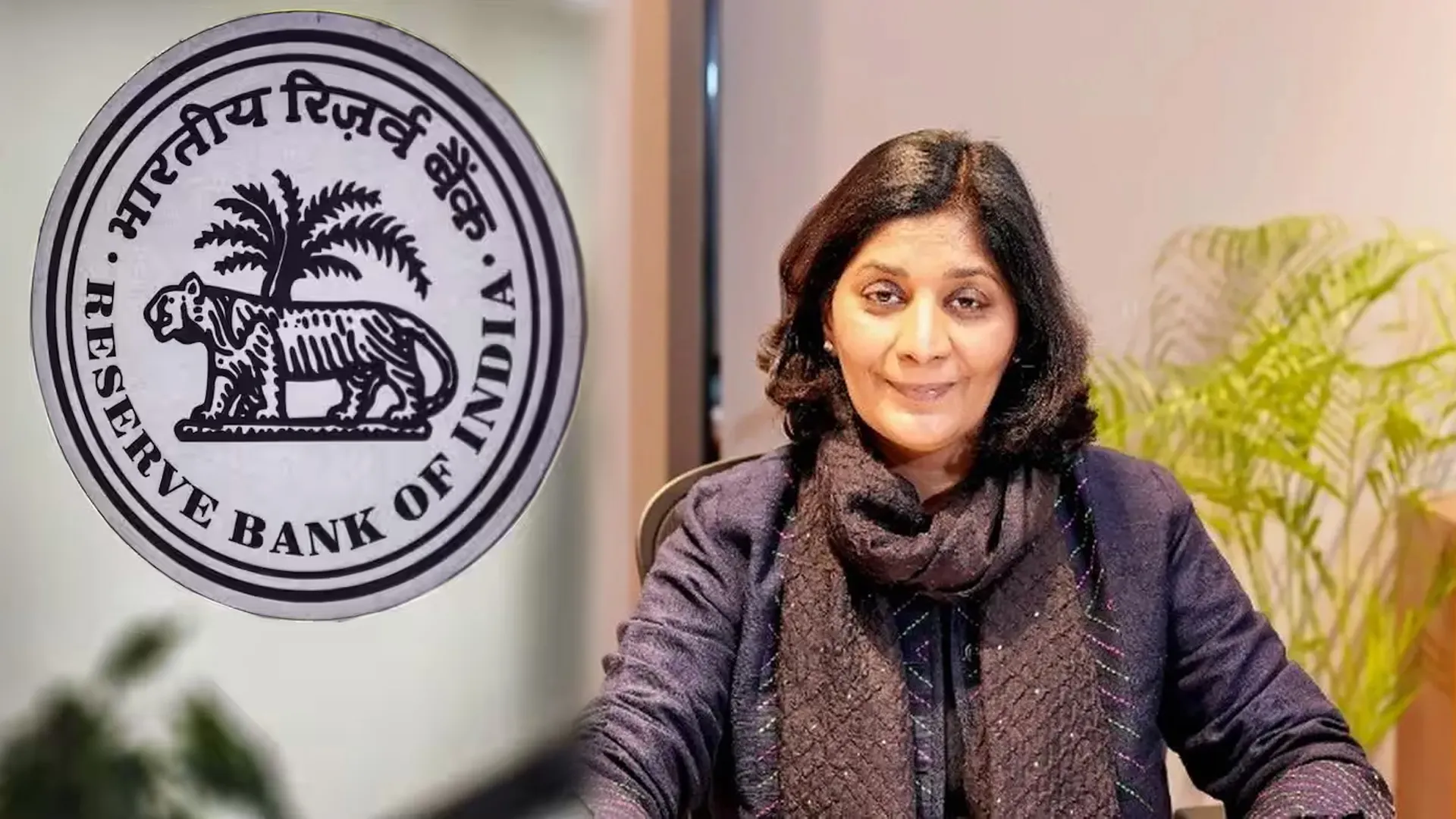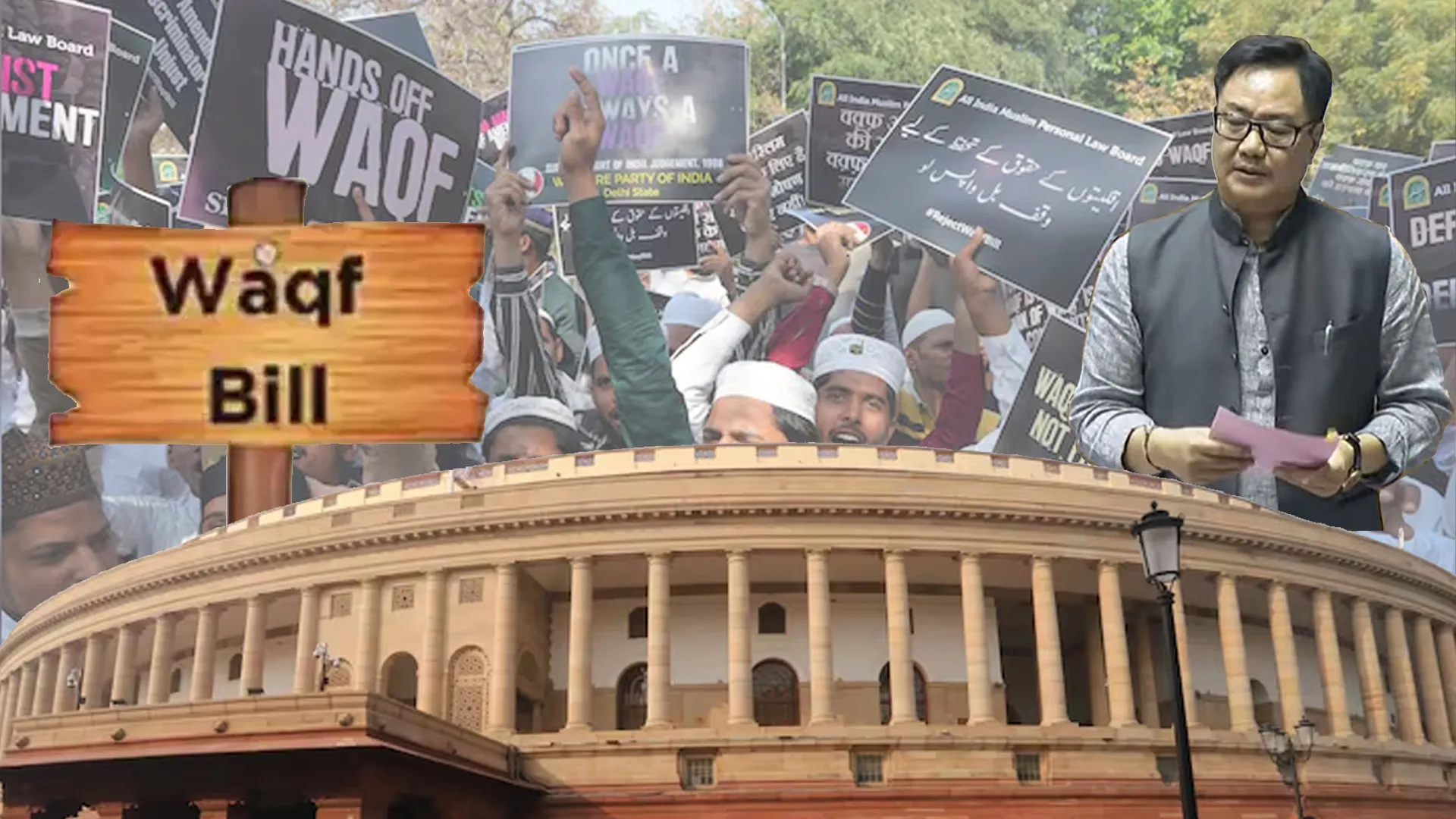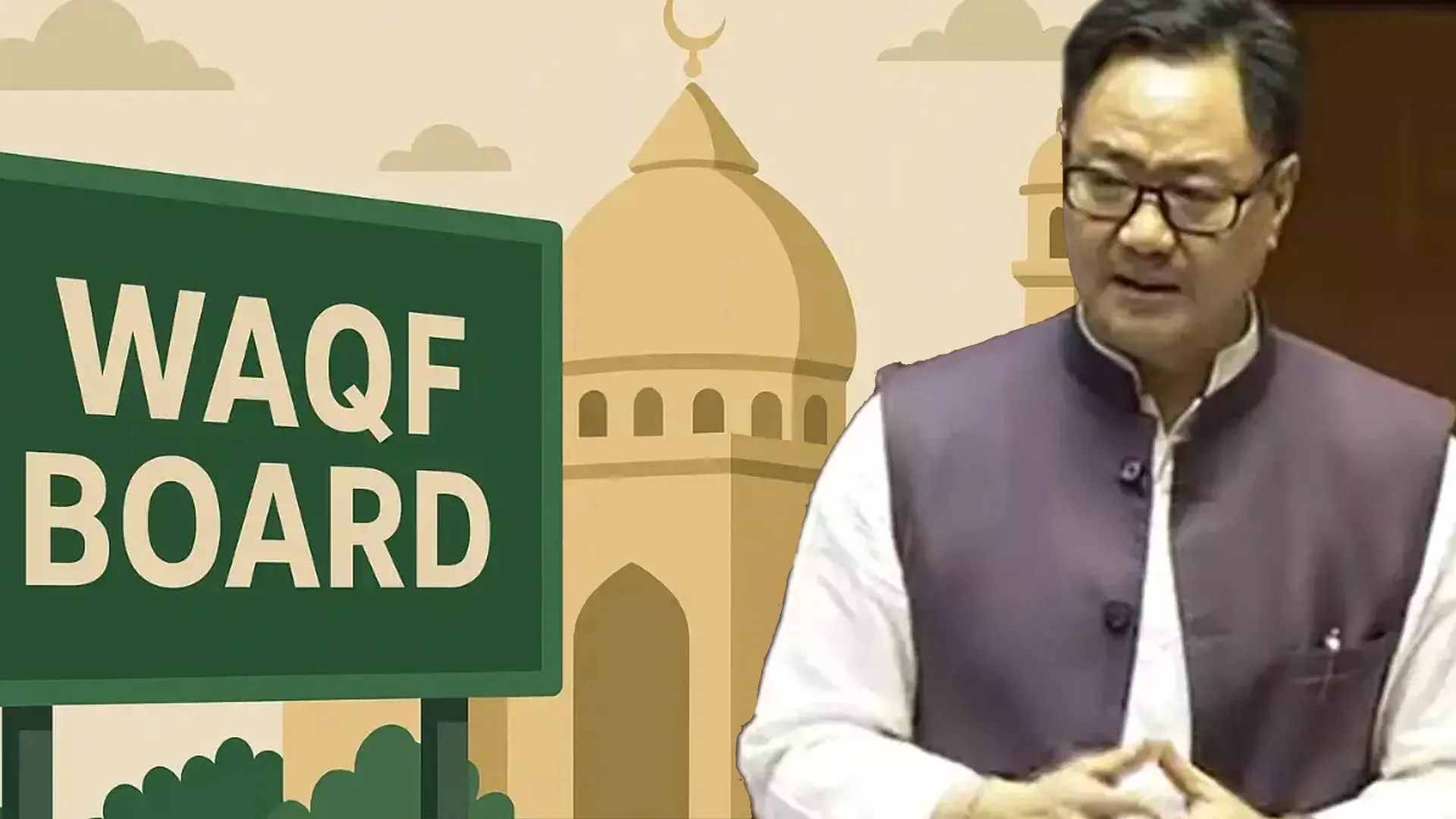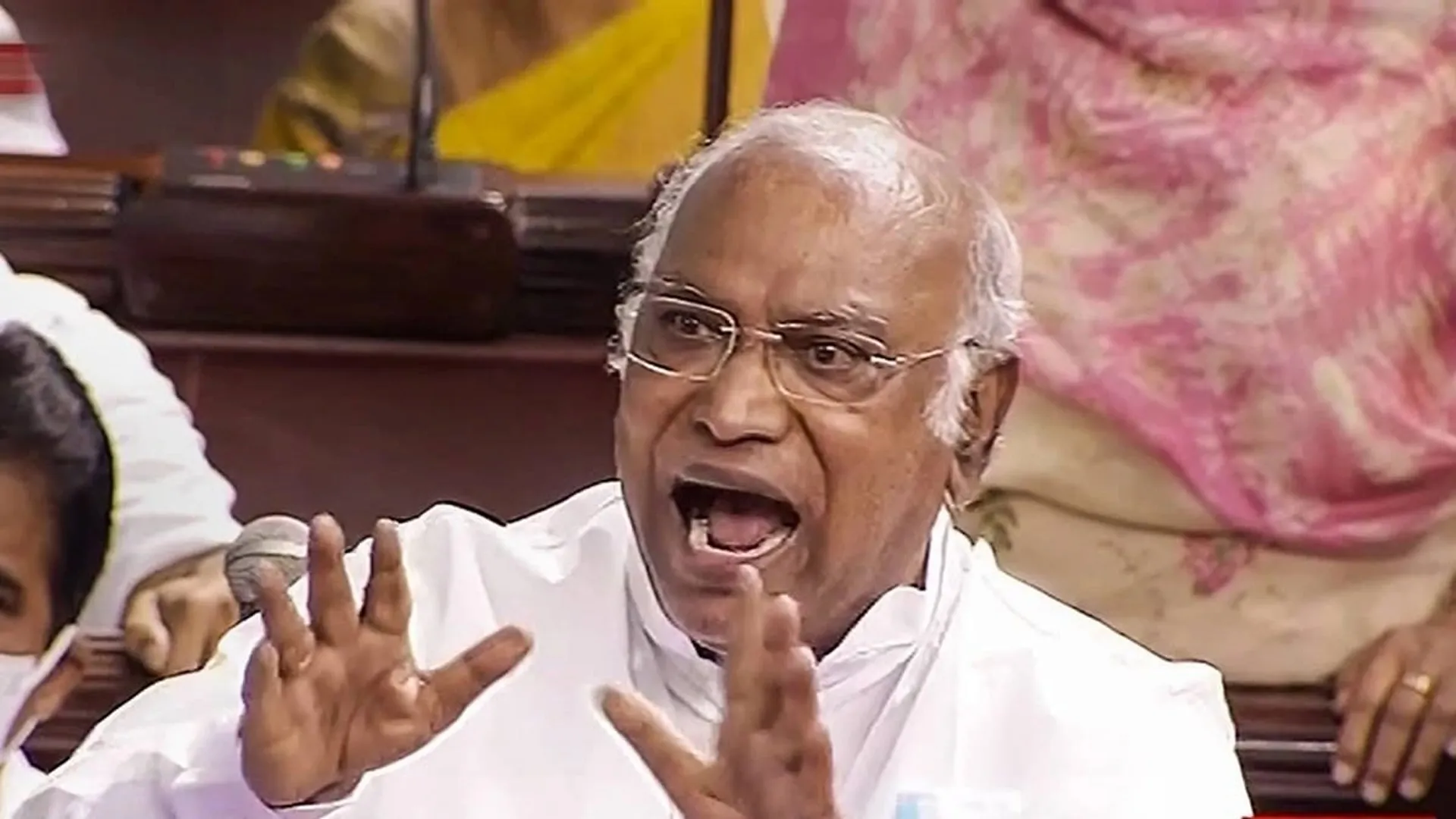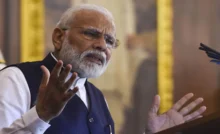US President Donald Trump has declared that he would be imposing ‘reciprocal tariffs’ on all nations, placing Asian economies like India in a difficult spot. The tariffs, to be revealed on April 2, represent a turnabout in the direction of international trade, against nations that charge more import taxes on US products.
Trump’s Stand on Tariffs
Speaking aboard Air Force One, Trump dismissed speculation that only 10 or 15 countries would be affected. “You’d start with all countries, so let’s see what happens,” he told reporters. His administration is pushing for tariffs that match the rates imposed by other nations while also considering non-tariff barriers, although the specific calculations remain unclear.
The US president has framed these tariffs as an important part of his strategy for rebalancing trade, strengthening manufacturing, and raising revenue to fund domestic policy, such as tax cuts. But the White House has not yet explained which nations could receive exemptions or how the tariff rates would be established.
“We’re going to be much nicer than they were to us, but it’s substantial money for the country,” Trump remarked, reinforcing his administration’s firm stance.
India’s Strategy in Response to Trump’s Tariffs
In contrast to China, Canada, and the European Union, which have threatened reprisals, India has taken a diplomatic route, trying to diffuse trade tensions with America. According to Reuters, India is willing to reduce tariffs on more than half of $23 billion worth of US imports in an attempt to escape severe trade penalties.
India has also granted tariff cuts on some of America’s most important agricultural exports including almonds, walnuts, cranberries, pistachios, and lentils. New Delhi has also reduced the duty on bourbon whiskey to 100% from 150% as a gesture of negotiations.
Positive Outcomes from US-India Trade Talks
Recent in-person trade negotiations between the US and India in New Delhi produced “considerably positive results,” officials say. Over four days of talks, the two countries committed to advancing a bilateral trade arrangement (BTA).
A few notable takeaways from the talks indicate forward momentum:
- The talks were extended by one day, an indication of both sides’ desire to bargain.
- Both countries agreed to continue talks remotely.
- India stands alone as a country that is still negotiating a trade deal with the US, while others plan to retaliate.
- Trump uttered words of praise about India, terming Prime Minister Narendra Modi ‘a very smart man’ and a ‘great friend’, which indicated the possibility of goodwill in talks.
The two nations are targeting September to finalize a trade agreement, reaffirming their leaders’ mutual vision.
Policy Shifts to Meet US Demands
To conform with US trade policies, India has lately rescinded the 6% ‘Google tax’ imposed on advertisements online. This tax was an impediment for international technology firms doing business without a local presence in India. Abolishing this tax is regarded as a positive move toward easier trade relations and perhaps preventing US tariffs.
Modi-Trump Trade Vision
During Prime Minister Narendra Modi’s visit to the US on February 13, both leaders reaffirmed their commitment to strengthening bilateral trade relations. They set a goal to expand total trade from $200 billion to $500 billion by 2030 under ‘Mission 500’.
With the deadline of April 2 looming large, India’s own conciliatory strategy—proffering tariff cuts, negotiating trade talks, and policy adjustments is to protect economic interests as well as to get the best terms in the changing global trade scenario.




